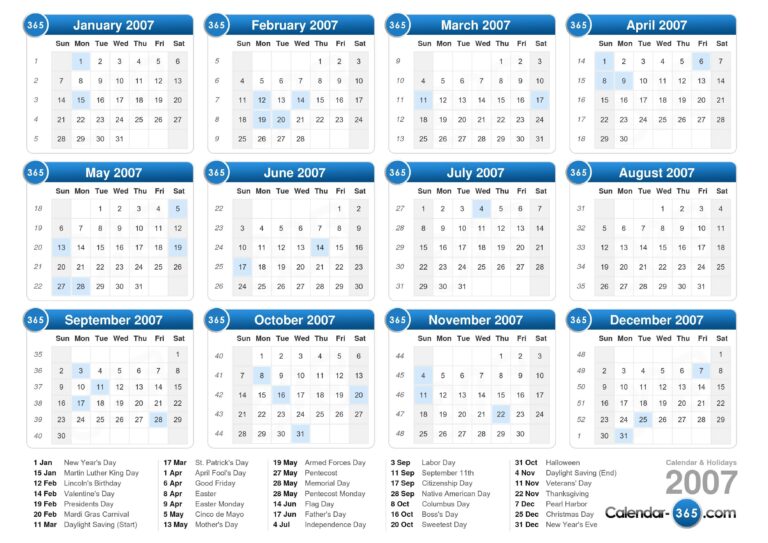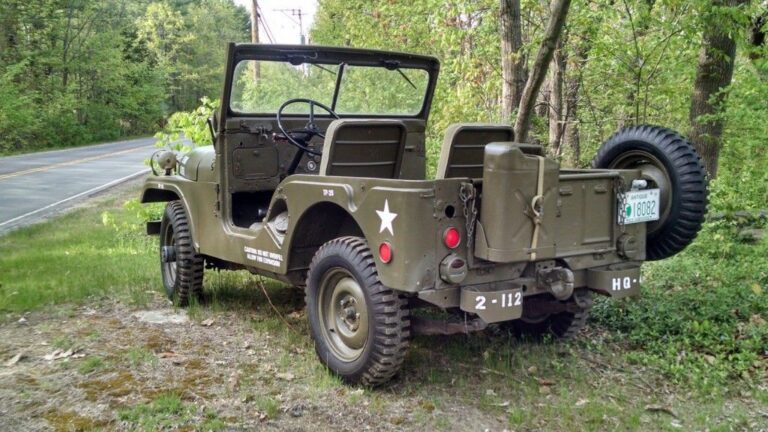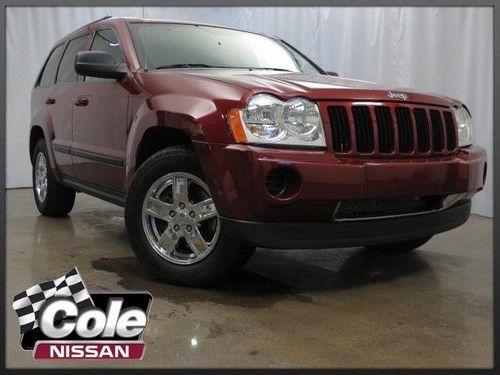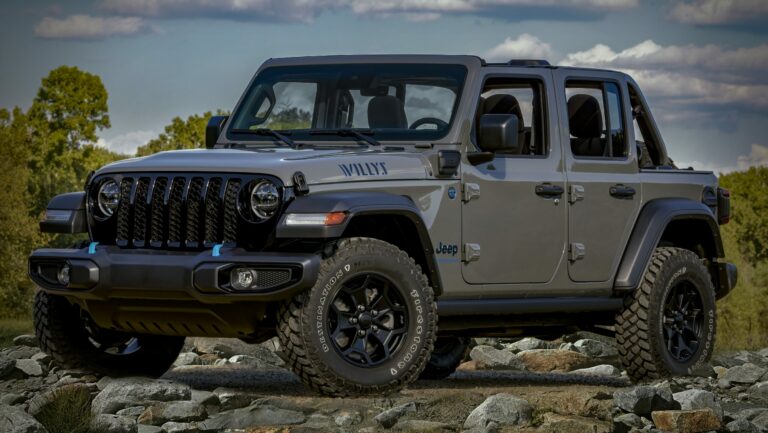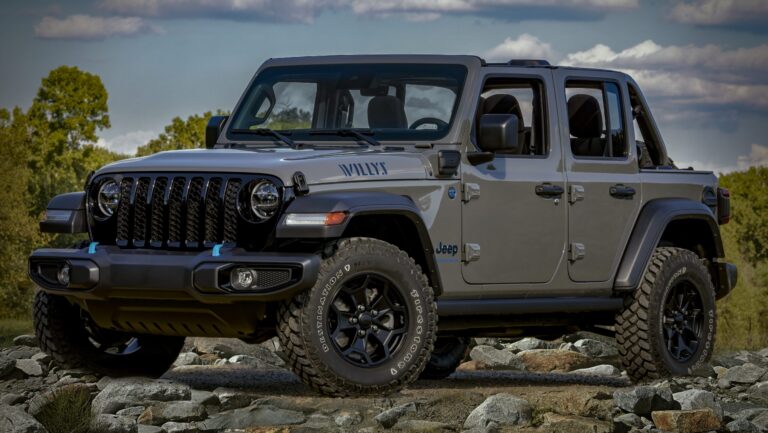1946 Jeep CJ-2A For Sale: A Comprehensive Buyer’s Guide to Owning an American Icon
1946 Jeep CJ-2A For Sale: A Comprehensive Buyer’s Guide to Owning an American Icon jeeps.truckstrend.com
The year 1946 marked a pivotal moment in automotive history. As the world transitioned from the ravages of World War II, a new kind of vehicle emerged from the battlefields and into civilian life: the Jeep CJ-2A. Building upon the legendary military Willys MB, the CJ-2A was the very first mass-produced civilian Jeep, designed to be a "universal vehicle for farm and industry." Today, finding a 1946 Jeep CJ-2A for sale is an opportunity to acquire a tangible piece of American ingenuity and post-war optimism. More than just a vehicle, it represents a rugged spirit, a simpler time, and an enduring legacy that continues to captivate enthusiasts and collectors worldwide.
This comprehensive guide will delve into what makes the 1946 Jeep CJ-2A so special, what to look for when considering a purchase, and practical advice for bringing one of these iconic machines into your garage.
1946 Jeep CJ-2A For Sale: A Comprehensive Buyer’s Guide to Owning an American Icon
The Legacy of the CJ-2A: From War Hero to Civilian Icon
The journey of the CJ-2A began with the incredible success of the Willys MB and Ford GPW military Jeeps during World War II. Recognizing the immense potential for a civilian utility vehicle, Willys-Overland wasted no time in adapting their design for post-war America. The CJ-2A, often affectionately called the "AgriJeep," was introduced in 1945, with 1946 being its first full year of production, making early models highly sought after.
While visually similar to its military predecessor, the CJ-2A featured several key modifications to suit civilian needs:
- Tailgate: A crucial addition for practicality, allowing easier loading and unloading.
- Larger Headlights: For improved visibility on civilian roads.
- Side-Mounted Spare Tire: Relocated from the rear for tailgate access.
- More Robust Transmission: The T-90 transmission replaced the military’s T-84.
- Power Take-Off (PTO) Options: Many CJ-2As were equipped with PTO units to power farm implements, making them versatile workhorses.
- Civilian Paint Schemes: Available in bright, cheerful colors like Autumn Yellow, Harvest Tan, and Pasture Green, a stark contrast to military drab.

The 1946 CJ-2A played a vital role in post-war reconstruction and development, serving farmers, ranchers, construction workers, and adventurers alike. Its simplicity, durability, and go-anywhere capability quickly cemented its place as an American icon.
Why Buy a 1946 Jeep CJ-2A? Enduring Appeal and Investment

For many, the decision to look for a 1946 Jeep CJ-2A for sale goes beyond mere transportation. It’s about connecting with history, embracing a unique driving experience, and joining a passionate community.
- Nostalgia & History: Owning a 1946 CJ-2A is like owning a tangible piece of post-war Americana. It evokes a sense of rugged individualism and the pioneering spirit.
- Simplicity & Durability: These Jeeps were built to be tough and easy to maintain. Their mechanical simplicity makes them approachable for home mechanics, and parts are surprisingly available.
- Off-Road Prowess: Despite their age, the CJ-2A’s compact size, short wheelbase, and robust 4×4 system still make it incredibly capable on trails and unpaved roads.
- Vibrant Community: The vintage Jeep community is active and welcoming. Owners share knowledge, parts, and experiences, making ownership a shared adventure.
- Potential Investment: Well-maintained or professionally restored CJ-2As have shown steady appreciation in value over the years, making them not just a hobby but potentially a sound investment.
- Unique Driving Experience: With no power steering, manual everything, and a direct connection to the road, driving a 1946 CJ-2A is a raw, engaging, and utterly distinctive experience that modern vehicles simply cannot replicate.

What to Look For: Key Inspection Points When Buying a 1946 CJ-2A
When you’re searching for a 1946 Jeep CJ-2A for sale, a thorough inspection is paramount. These vehicles are over 75 years old, and condition can vary wildly.
- Frame & Body Rust: This is often the biggest concern. Inspect the frame rails, especially near the spring hangers and body mounts, for rust, cracks, or previous repairs. Check the "hat channels" under the floorboards, the floorboards themselves, the cowl, and the tool storage compartment under the passenger seat. Patchwork is common, but look for quality welds.
- Engine & Drivetrain: The original engine is the reliable "Go-Devil" L-head four-cylinder. Look for excessive smoke from the exhaust, unusual knocking noises, or significant oil leaks. Check the T-90 three-speed transmission and Spicer 18 transfer case for smooth shifting (when parked) and signs of major leaks. Engage 4×4 to ensure it functions.
- Suspension & Steering: Examine the leaf springs for sagging or broken leaves. Check the shackles and bushings for wear. For steering, look for excessive play in the steering wheel and inspect the steering box for leaks or cracks.
- Electrical System: Most original CJ-2As had a 6-volt electrical system. Many have been converted to 12-volt for easier starting and modern accessories. Verify the system’s current state and check the wiring for brittle insulation, splices, or obvious fire hazards.
- Originality vs. Modifications: Decide what your preference is. Do you want a highly original, unrestored "survivor" with patina, a fully restored showpiece, or a modified "restomod" with modern conveniences? Understand that modifications can affect value and authenticity.
- Documentation: Always ask for the title and any available maintenance records or historical documents. A clear title is essential.
Understanding Condition Levels and Pricing
The price of a 1946 Jeep CJ-2A for sale is heavily dependent on its condition, originality, and the extent of any restoration work. Below is a general guide to help you understand what to expect.
| Condition Level | Description | Estimated Price Range (USD) | Key Considerations |
|---|---|---|---|
| Project/Parts Car | Non-running, significant rust, major mechanical issues, often incomplete. Requires extensive work. | $2,000 – $6,000 | Ideal for a full ground-up restoration project or sourcing parts. Budget for significant expenses and time. |
| Driver Quality | Runs and drives, generally solid but may have cosmetic flaws, minor leaks, or require some mechanical TLC. | $7,000 – $15,000 | A good starting point for enjoying immediately while slowly improving. Inspect for hidden issues. |
| Nicely Restored | Good to excellent condition, recent professional or well-done amateur restoration. Presents well. | $16,000 – $25,000 | Less immediate work required. Inspect the quality of the restoration work thoroughly (paint, mechanics, details). |
| Show Quality | Concours-level restoration, immaculate in every detail, often better than new. Rare. | $26,000 – $40,000+ | For serious collectors or show participants. Every component is correct and perfectly finished. |
| Highly Original/Survivor | Well-preserved, unrestored example with original paint and components. May have patina but solid. | $15,000 – $30,000+ | Rarity commands a premium. Valued for its authenticity and history, not necessarily perfection. |
Note: Prices can vary based on location, specific features (like PTO), historical significance, and market demand.
Restoration, Maintenance, and Ownership Tips
Once you’ve found your ideal 1946 Jeep CJ-2A for sale, the journey of ownership begins.
- Parts Availability: Despite its age, parts for the CJ-2A are surprisingly available. Numerous specialty vendors and online communities cater to vintage Jeep owners, offering everything from reproduction body panels to engine rebuild kits.
- Tools: Basic mechanical tools are generally sufficient for most maintenance and repairs. These vehicles were designed for simplicity.
- Community Resources: Join online forums (e.g., The CJ2A Page, G503), Facebook groups, and local vintage Jeep clubs. These communities are invaluable sources of information, technical advice, and camaraderie.
- Common Upgrades: While originality is often valued, some common upgrades improve usability:
- 12-Volt Conversion: A popular modification for easier starting and brighter lights.
- Seatbelts: Crucial for safety, as original CJ-2As lacked them.
- Turn Signals: Often added for modern road legality.
- Improved Lighting: LED conversions for better visibility.
- Safety Considerations: Remember, these vehicles lack modern safety features like airbags, crumple zones, and anti-lock brakes. Drive defensively and be aware of your surroundings.
- Insurance: Look into classic car insurance policies, which often offer better coverage and rates for vintage vehicles based on agreed value.
Frequently Asked Questions (FAQ)
Q1: Is the 1946 CJ-2A a good daily driver?
A: Generally, no. While robust, they lack modern comforts, speed, and safety features. They are best suited for recreational use, parades, and short trips.
Q2: Are parts hard to find for a 1946 CJ-2A?
A: Surprisingly, no. Due to their popularity and the long production run of the CJ series, many parts are readily available from specialty vendors and online communities.
Q3: What’s the main difference between an early 1946 CJ-2A and a later one (e.g., 1949)?
A: While all CJ-2As share the core design, early 1946 models often have unique features like a slightly different fuel tank design, specific hood latches, and early serial numbers that make them distinct to collectors. Later models incorporated minor running changes.
Q4: Can I upgrade the 6-volt electrical system to 12-volt?
A: Yes, this is a very common and recommended modification. It involves changing the generator/alternator, battery, coil, and often the starter solenoid and light bulbs.
Q5: What kind of fuel economy can I expect from a CJ-2A?
A: Don’t expect much. With its basic L-head engine and rudimentary design, you’re typically looking at single-digit to low-teen miles per gallon (e.g., 10-15 MPG), depending on conditions and tuning.
Q6: How difficult is it to work on a 1946 CJ-2A?
A: For basic maintenance and common repairs, they are relatively simple to work on. Their mechanical design is straightforward, and there are many resources available. Major overhauls can be more involved but are still within the realm of a dedicated amateur mechanic.
Conclusion
The appeal of a 1946 Jeep CJ-2A for sale transcends mere transportation; it’s an invitation to own a piece of living history, a testament to American ingenuity, and a gateway to a passionate community. Whether you’re seeking a rugged companion for off-road adventures, a restoration project, or a unique showpiece, the CJ-2A offers an unparalleled blend of vintage charm, mechanical simplicity, and enduring capability.
By understanding what to look for, setting realistic expectations, and embracing the journey of ownership, you can find the perfect 1946 CJ-2A that will provide countless hours of enjoyment and a direct connection to a pivotal era. More than just a vehicle, it’s a lifestyle, a legacy, and an icon that continues to inspire.

